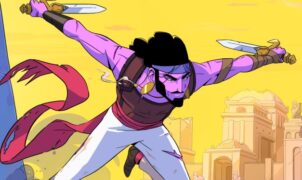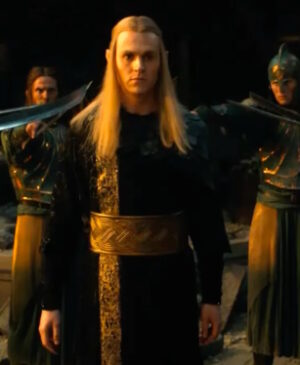The creator of Fallout (as we’ve said many times before) often explores some fascinating topics on his YouTube channel…
Carbine’s action-packed MMO disappeared in 2018, four years after its release, despite having fun combat and a Ratchet and Clank-like environment, but with severe problems in its endgame. Tim Cain’s video, however, gives us an insight into the fact that there were already problems in 2008, i.e., six years before its release!
“Carbine was one of the best companies I ever worked at. I worked with some of the best people in their fields. Brilliant programmers, brilliant artists, brilliant designers […] I worked with super-talented people on an original IP, and the pay was excellent. We had a fantastic MMO engine, but it had been three years, and there was still no setting, story, or classes. The head office was upset. Design Directors don’t just float around looking for job positions, no one had heard of Carbine, and [while] NCsoft was popular in Korea, I don’t think they’d put out any of their stuff [in the US] yet. […] After about two months, the studio head asked me if I would do it, and he prefaced it by telling me that the studio would be shut down if I said no. Then when I accepted [the role], the studio head said, ‘You have 90 days to create a setting and classes’,” said Cain.
So in 2008, he went from programmer to designer and was asked to do it by the new studio head after he fired almost the entire design team. Cain did the job, but there was a tug-of-war between him, an unnamed art director, and the studio head. He said the art director didn’t like him much. Cain accepted a younger artist’s idea (double jump to the explorer character class), to which the art director told him that he had heard the opposite about him so far. Cain responded that the spell slinger class was the lead concept artist’s idea and asked why he would say such a thing. The art director replied that he had heard someone say that above…
And the studio head would often tell him that Cain was the leader, but if he said something he didn’t like, the studio head would immediately get a strike team together before Cain’s group could vote them down. The other team would follow the studio head’s ideas anyway. Then, he talked about how a visit to the quality control team at Fun QA in Seoul, under NCSoft, was the last straw for him:
“I proceeded to talk, without pause, for four hours. […] I returned to work the next day, and nothing about the art director changed. He didn’t do anything different. So I gave up—I said I’m not going to argue anymore, I’m not going to resist anymore. The Studio Head told us in a director’s meeting that he heard about [Fun QA’s report], that we would have to go over it next week […], and that it was one hundred percent design complaints. So what arrived was 56 pages of design review—mostly positive! […] That was followed by a separate [document of] 79 pages—nothing but art complaints. After the meeting, I went to the studio head, went to his office, shut the door, and said, ‘You lied to me; here’s my resignation,'” added Cain, who said that within a day or two, the director in charge of audio, the senior programmer and the lead concept artist had all left after him.
So internal disconnect can always be damaging, and anyone who knows their stuff should be allowed to flourish…
Source: PCGamer
















Leave a Reply